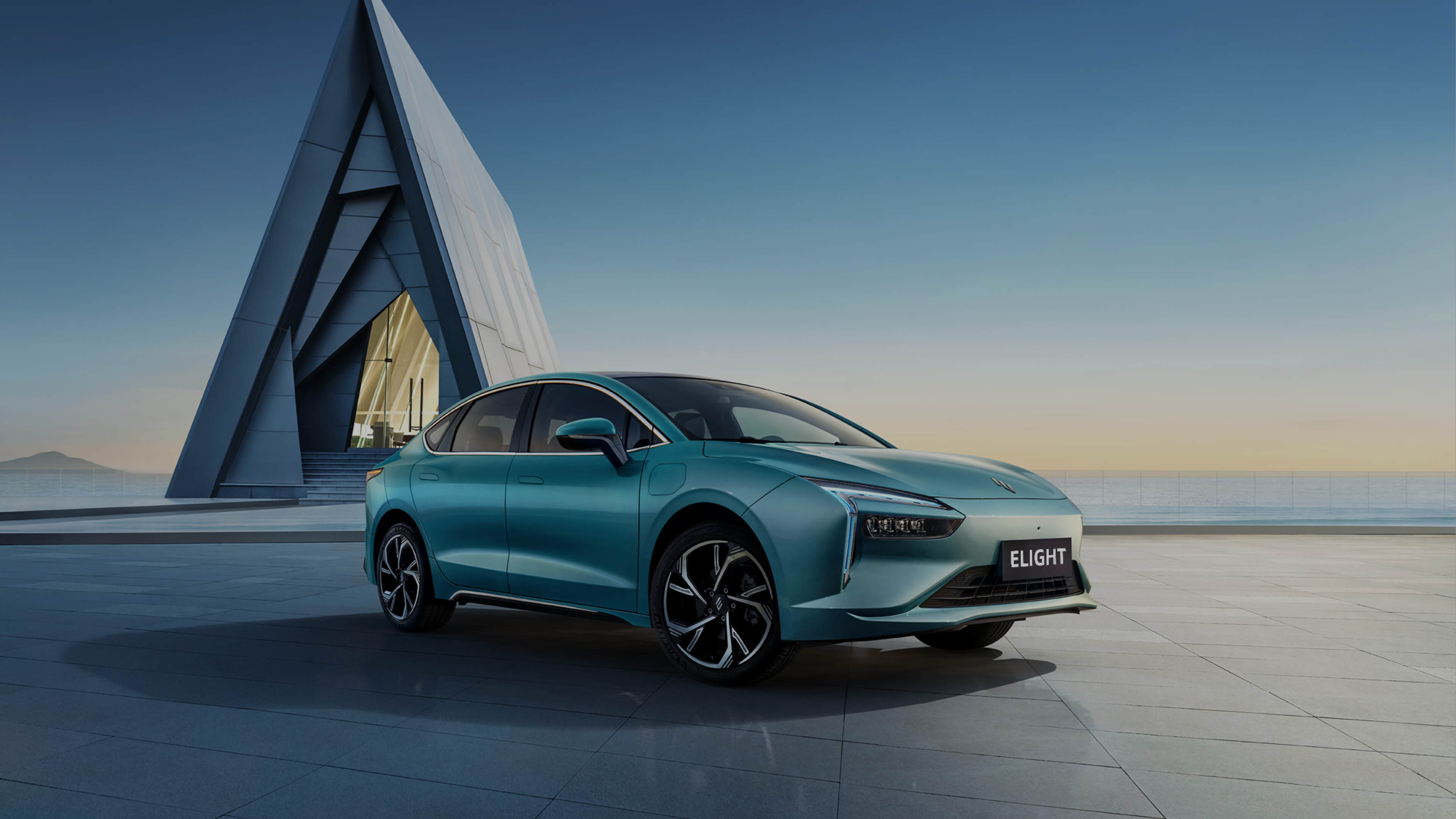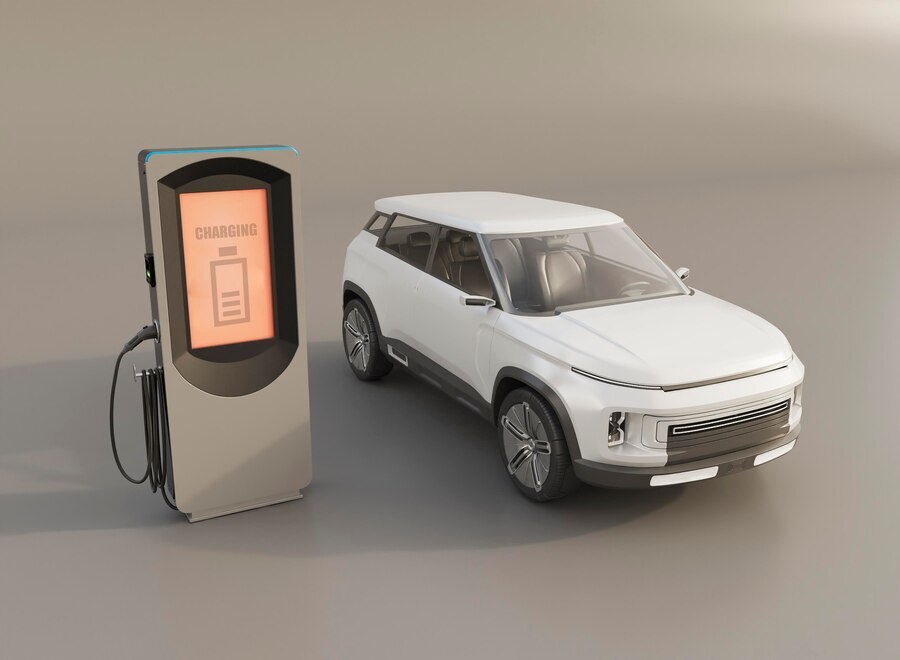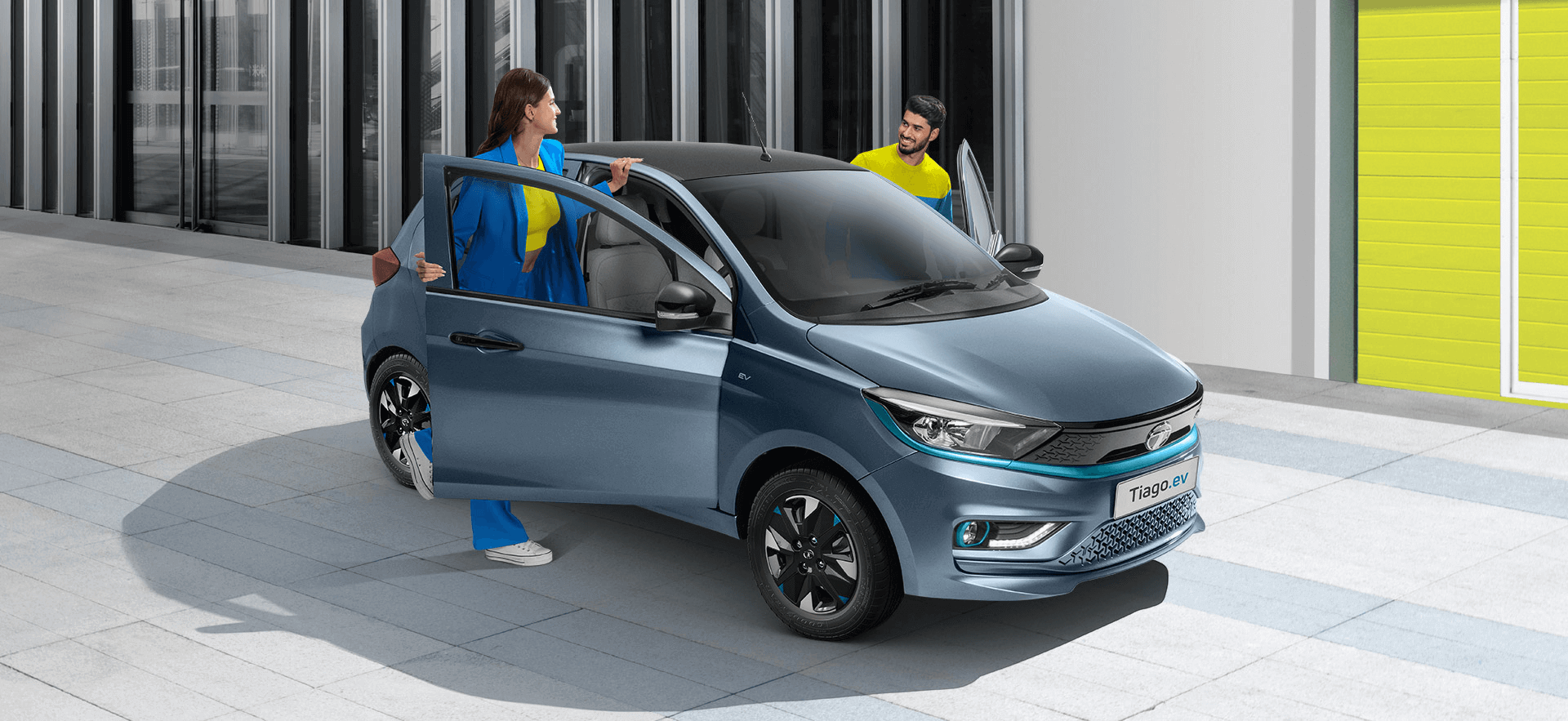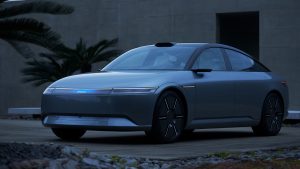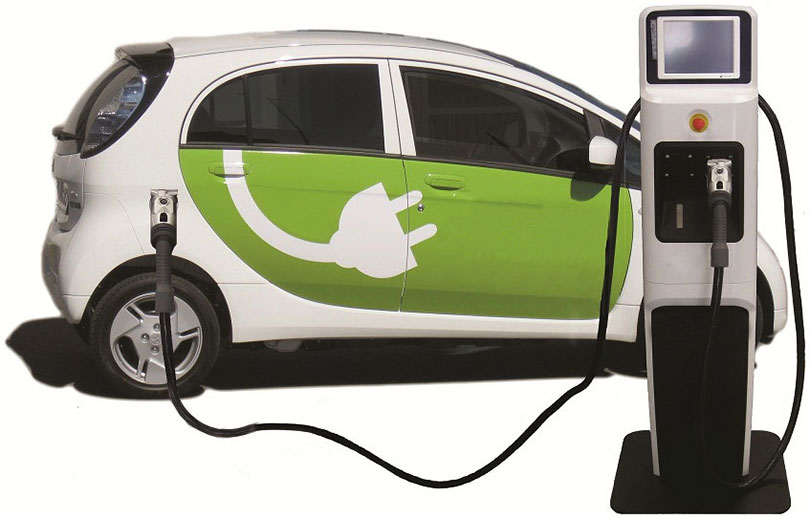
Electric vehicles (EVs) first came into existence in the mid-19th century when electricity was among the preferred methods for motor vehicle propulsion, providing a level of comfort and ease of operation that could not be achieved by the gasoline cars of that time. The share of EVs in the world is increasing day by day. Electric vehicles are becoming increasingly important as not only do they reduce noise and pollution, but they also can be used to reduce the dependence of transport on imported oil.
Reduced emission is a major advantage of EVs over internal combustion engine vehicles (ICEVs) despite the issue of battery recycling and disposal in the EVs. Lowered operation and maintenance charge is another advantage. The EVs’ efficiency is about three times higher than the ICEVs. Accordingly, the number of EVs is increasing worldwide.
On the other hand, many countries are banning ICEVs, although partially. India and China, our immediate neighbours, have softly planned to make their transportation systems fully electric, by 2030. Nepal cannot run in the opposite direction of the world. The era of EVs has started in Nepal too.
Nepal can get a lot of advantages from this era in reducing the trade deficit by replacing imported oil by own-generated hydro-electricity. Accordingly, the government has also planned to increase the electric fleet share here also. The Electric Mobility Action Plan formulated by the government has proposed to transform at least 20% of the fleet of public vehicles into electric ones by 2020. For this, a number of subsidies and incentives have been given for the import of EVs, not only for the public but also for private purposes. These days, the government is encouraging the use of EVs by imposing only 10 per cent customs duty and 13 per cent value-added tax while the internal combustion engine cars (ICECs) still retain their 240 per cent import duty. The road tax is also not applicable to the EVs.
However, not only do these subsidies and incentives reduce the revenue collection but they also likely to create some major problems in the near future.
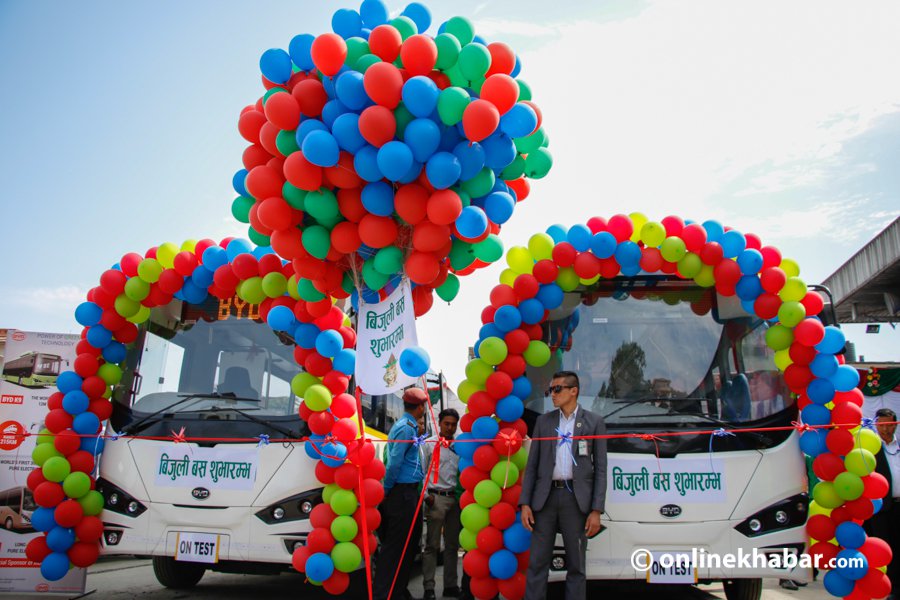
Firstly, a lot of research and technological advancements are happening about the EVs and their batteries. As a result, it is sure that the manufacturing costs of the EVs will be much lower tomorrow than today. Thus, these incentives and subsidies on the EVs are prone to create a locked-in effect, the phenomenon where the original system cannot be altered later with already knowing that the system is inefficient.
The lower manufacturing cost of the EVs in the near future with subsidies and incentives will promote more electric cars. The current availability of roads in cities like Kathmandu cannot withstand the greater share of private vehicles. Thus, in the near future, the government will need to reduce and eliminate subsidies and incentives to decrease the ECs’ attraction. But, the time will be late to do so. Some political and social pressure will arise and that makes the condition locked-in.
Then, a question arises: What about the emission control goal? But, this goal also should be viewed from an economic perspective. There is always some trade between emission control and congestion. If we go for emission control by introducing ECs, the cost of congestion will rise due to the increased number of the vehicle fleet. The introduction of EVs should be within that level where the cost of congestion is overcome by the benefits of emission control. So, a balance between the introduction of EVs for emission control and traffic congestion is always necessary.
Secondly, a balance between electricity supply and demand of electricity is necessary. As recently as 2010, the Swedish government has attempted to kick-start sales through generous grants and has achieved some success. But there is a problem. The demand for electricity in cities is increasing faster than the supply can keep up, especially in the capital, Stockholm. This example should not be repeated in Nepal.
Nepal is still not fully independent in electricity. It takes some time to fulfill the household and industrial demand. Then only, the use of electricity on the transportation system is rational.
These two reasons will explicitly encourage us not to rush for the EVs. Our main focus should be promoting the EVs, but not in a way to bring a paradigm shift in the use of private vehicles. If we continue the subsidies and incentives like now, this mode shift is sure and the vehicle fleet will increase, resulting in the increased traffic congestion. Moreover, we need some time to fulfill the electricity demand for EVs.
What should we do now? The taxation system for the electric cars should be as same as that for the ICECs now. This will still collect sufficient national revenue and also control the likely increase of private vehicles share due to the introduction of the EVs in the near future. But, the introduction of public EVs should not be limited. With all these actions too, it is sure that the international market will automatically change Nepal’s ICEVs era into the EVs era in some years.
Sailesh is pursuing his PhD in transportation engineering at Utah State University, USA whereas Subash works as an engineer for Letang municipality, Morang.




